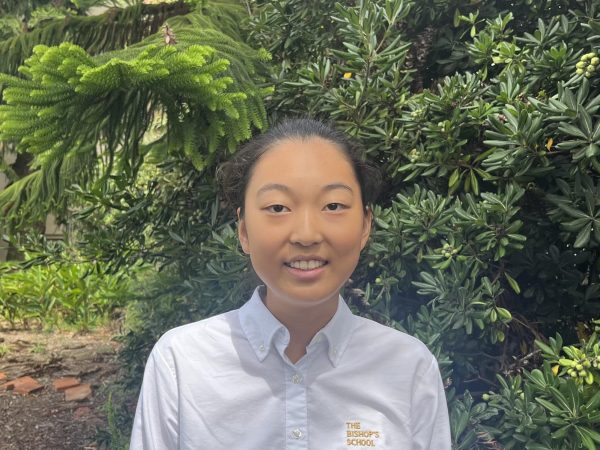Dink. Dink. Dink. People are hearing these sounds more and more across pickleball and tennis courts in the United States as pickleball booms with popularity. According to SFIA (Sports and Fitness Industry Association), pickleball is currently the fastest growing sport in America with its number of players growing by 158.6% in the last three years. But how has this sport that once had little popularity grown into a national phenomenon in just a few years?
Jessica Luo (‘24), co-founder of the Pickleball Club at Bishop’s along with James Farrell (‘24) and Kaila Turley (‘24), was introduced to the sport during the pandemic. One of the reasons she likes pickleball is that “there’s a lot of different strategies you can do. You can be the person who waits on the endline and just lobs it over,” making the ball go high and deep into the court. Or, “there are [also] some people who just go straight up to the net and just slam it.”
James Farrell (‘24), plays tennis and started playing pickleball because his dad introduced him to it. “I think [pickleball is] very enjoyable. It’s a lot less challenging than tennis. It’s a pretty easy sport to pick up on and a lot of fun, even if you’re bad,” James explained.
Along with Jessica and James, many others started playing pickleball during quarantine. Nirvana Shiwmangal (‘25), a pickleball player who began her pickleball journey during the pandemic, said, “I think that if you are someone who’s not interested in doing a crazy amount of running and just wants to get into exercise, [pickleball] is a way to do that since it is pretty low intensity and you are still getting outside.”
Pickleball courts are also fairly small, as they are 20 by 44 feet, while tennis courts are 27 by 78 feet for singles and 36 by 78 feet for doubles. This means that four pickleball courts can fit in one tennis court. “It’s not really energetically demanding of you and is pretty effortless. You just have to move your feet like five feet or something and just swing a paddle,” James commented.
It may seem that pickleball has similar rules to tennis, but there are actually some differences. For example, in pickleball, there is a ‘kitchen,’ which is the seven-foot space in front of the net where players cannot volley or hit the ball while it’s in the air. The serve must go diagonally, and players on the serving side keep switching sides every time a point is scored. For doubles, If the first server loses a point, the server switches to their partner. And when the second server loses the point, the serve goes to their opponents. The rules are the same for singles, with the exception being that there is no second server.
Pickleball’s accessibility adds to its popularity. All anyone needs to play pickleball is a ball, a paddle, a net, and a court; players can use tennis courts, of which there are a lot, as an alternative. Pickleball is also a sport that almost anyone can play, from children to adults. “You get to interact with people that are all different ages. Whenever my friend and I go [play pickleball], we play against people who are in their sixties and people who are in their twenties,” Nirvana said. Pickleball is also ideal for all skill levels. Beginners can enjoy this sport as it is relatively easier to pick up, and experts can play this sport to enhance their skills.
Because of the rise in popularity, there are many pickleball courts being constructed. According to USA Pickleball, there were 9,524 locations with 38,140 courts in America at the end of 2021, which is about 66 new locations per month. According to the nonprofit Trust for Public Land, there are 7.2 pickleball courts per capita (100,000 people) in San Diego, and Seattle has the most pickleball courts per capita at 20.5.
While the expansion of pickleball courts may sound good, it also impacts tennis players negatively. Tennis player Michelle M. Wang (‘27) said, “To be honest, the only reason pickleball doesn’t leave a good impression in my mind is because the people who play pickleball take up most of the tennis courts, which leaves less for tennis players.” Sophie Zeng (‘26) had a similar response. “As pickleball expands, it usually means tennis courts get converted into pickleball courts which detrimentally affects the people who want to use those tennis courts.”
The sound made by the plastic ball also makes some people dislike the sport. “The sound of the ball is very annoying,” Sophie said. Bob Unitech, who founded Pickleball Sound Mitigation, found that pickleball wacks that are 100 feet away can reach 70dBA (measure of decibels), according to the New York Times. For comparison, 70dBA is also around the sound of a vacuum cleaner and alarm clock, while normal conversations are around 60dBA. Pickleball sounds can be more than 25 decibels louder than the hardest-swung tennis racket connected to a felt-covered tennis ball.
Hunter Park in Newport has limited the number of hours of play, according to Newport Daily News, due to the loud sounds of pickleball as the homes are 750 feet from the courts. Many residents said that the sound of pickleballs caused frustration, in interviews with Los Angeles Times. This cut the playable hours from 71 hours per week to only 43 hours.
Universal Tennis, a website that rates a player’s ability on how good they are at tennis, has changed its name to UTR Sports to be more inclusive of pickleball and not just tennis. Similar to tennis, UTR Sports has a pickleball rating that rates the player on their pickleball skill on a scale of P1 through P4, with P1 being the lowest and P4 the highest. UTR Sports is also planning to have more pickleball tournaments as it continues to grow. They also plan to use technology and solutions from tennis and transfer them to pickleball, too.
Despite the issue people have with pickleball, it is showing no sign of a decrease in popularity. In 2022, there were approximately 8,900,000 pickleball players in the United States, which is an 85.7% growth from the year before, according to the 2023 Sports, Fitness, and Leisure Activities Topline Participation Report. Jessica commented, “I feel like it has gained so much popularity that I feel like it would be kind of weird if it didn’t go into the Olympics.” Pickleball is currently not in the Olympics, but some pickleball enthusiasts, including Stephanie Townsend, writer for Pickler, hopes for it to be in the Olympics in 2032 or later.
Pickleball is a sport that is still rising in popularity; it’s a sport that has a bright future. Maybe one day it will be known worldwide and go into the Olympics. Remember, it’s never too late to start learning something new.


![“While [pickleball] does require less movement than tennis, it requires more effort than some people think.”
- Sophie Zeng (‘26)](https://thebishopstower.com/wp-content/uploads/2024/01/pexels-mason-tuttle-17299530-1200x733.jpg)
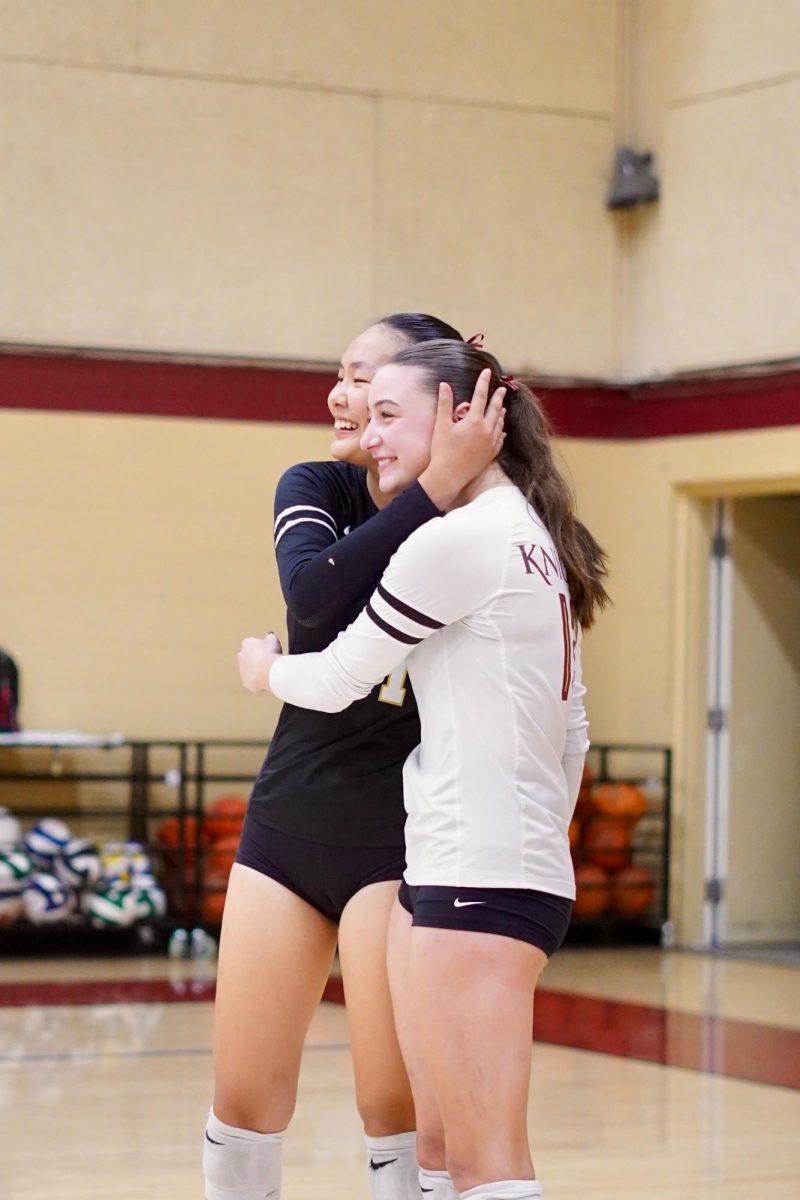
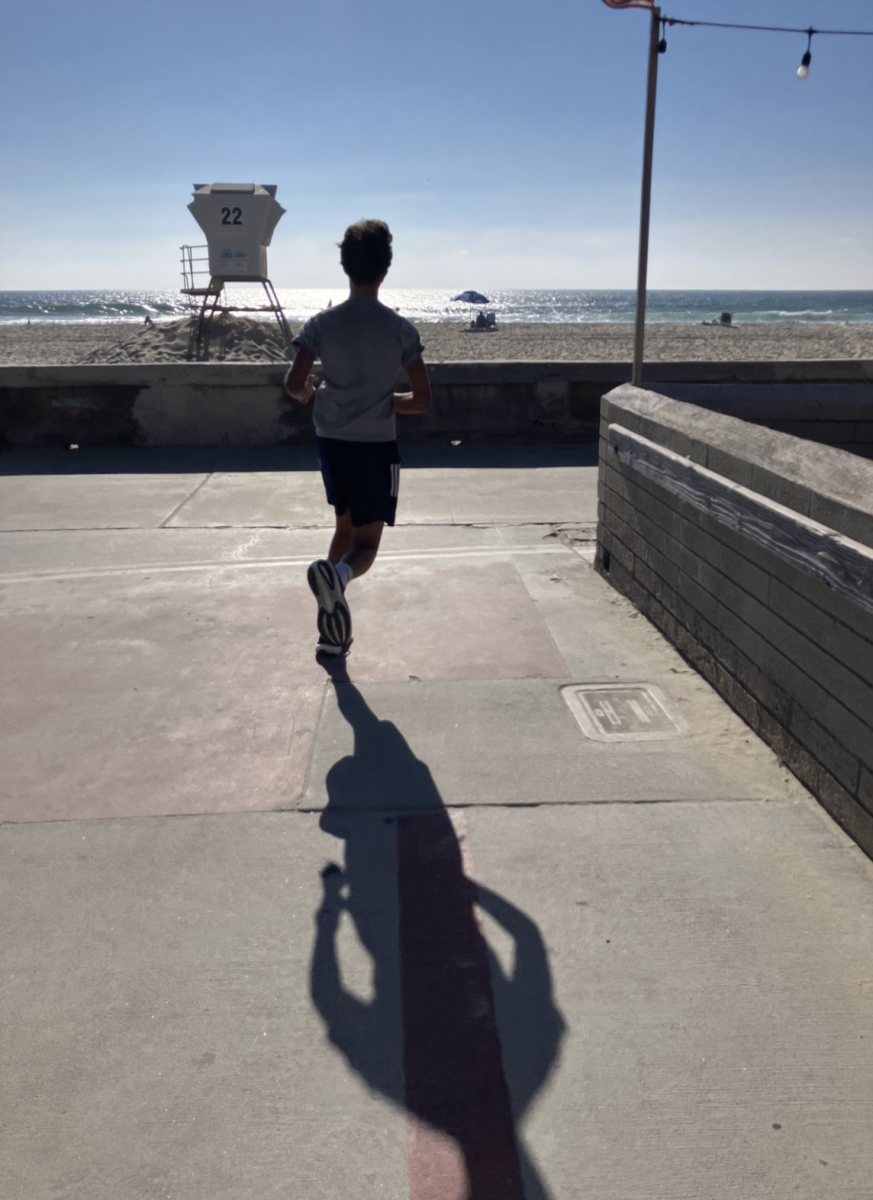
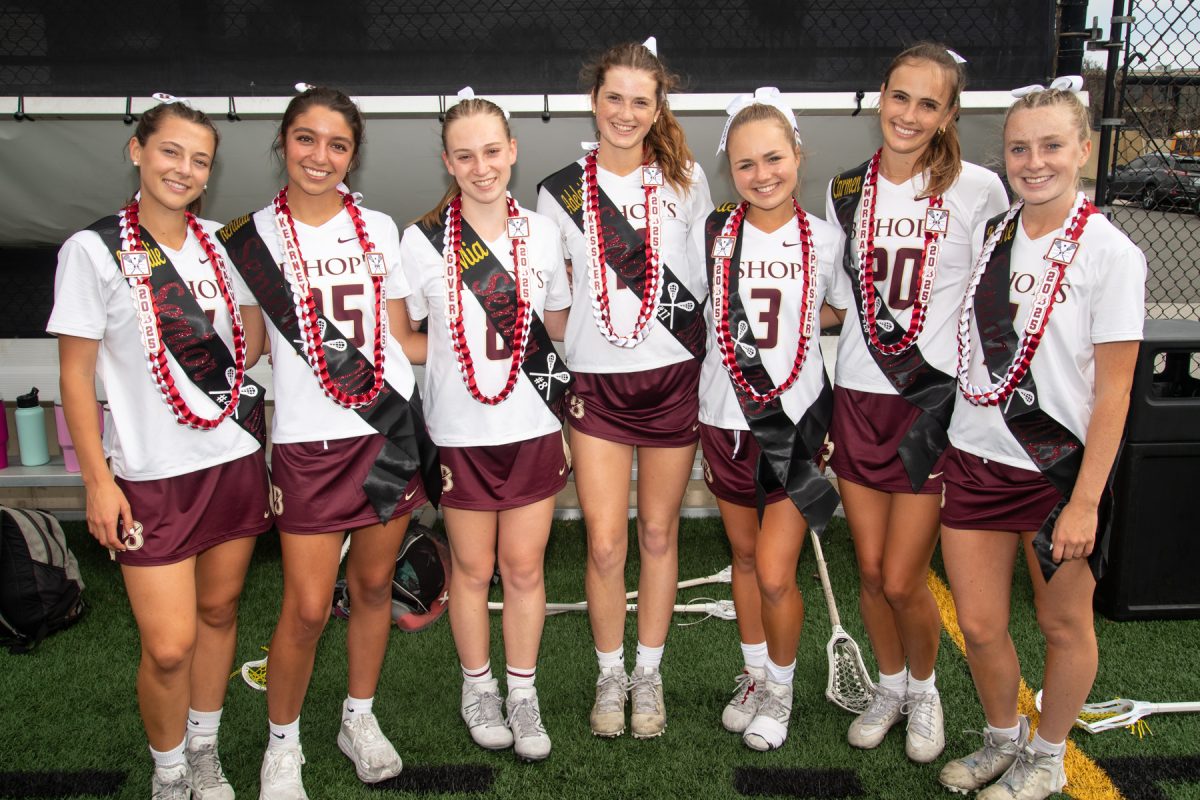
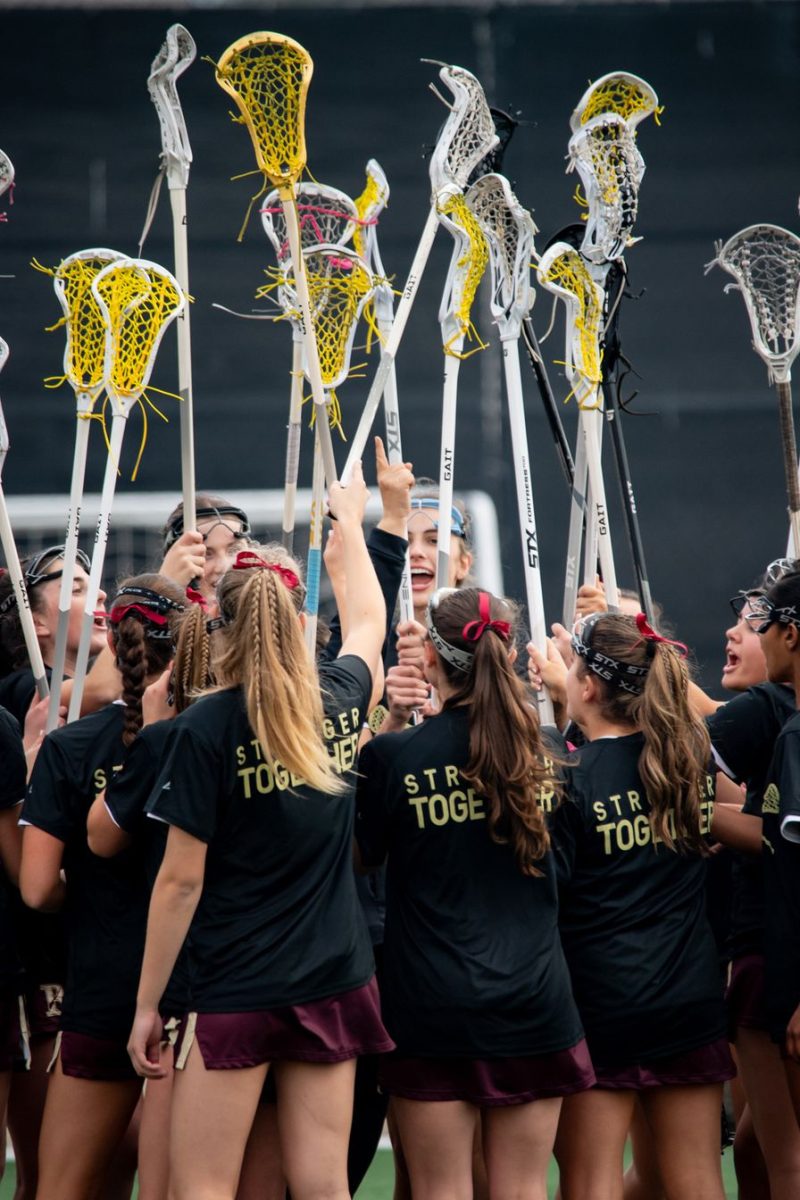
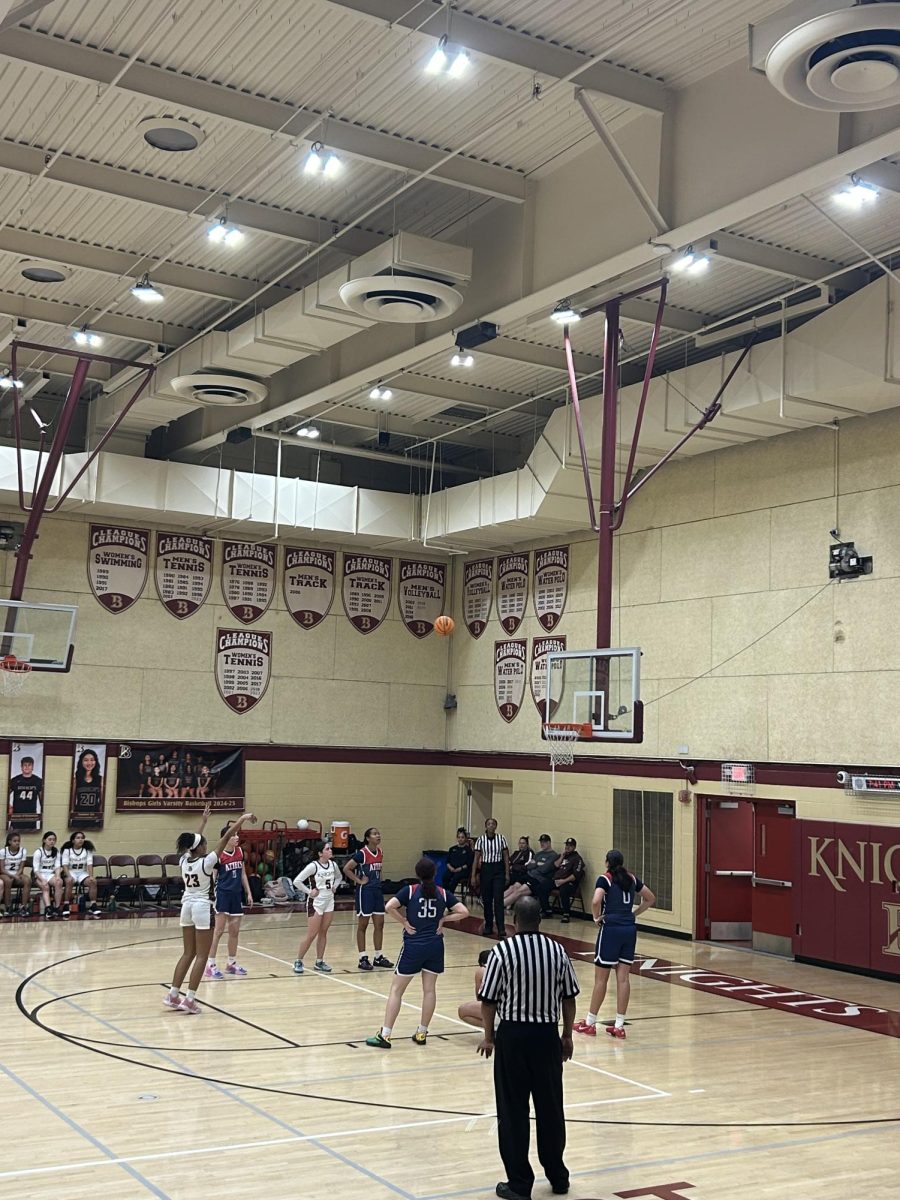
![“I [look forward to] the adrenaline of just competing with your friends and playing a sport that I’ve loved for so many years,” Sydney Mafong (‘26) said. “It’s just unmatched.” The Softball team celebrates a victorious moment in the game against San Diego High School on March 15th during the Torrey Invitational, which Coach Joe “Joey” Moreno called the “first real test of the season” in a Locker Room email and won 10-3.](https://thebishopstower.com/wp-content/uploads/2025/04/Screenshot-2025-03-17-at-21.49.22-1200x1016.png)
